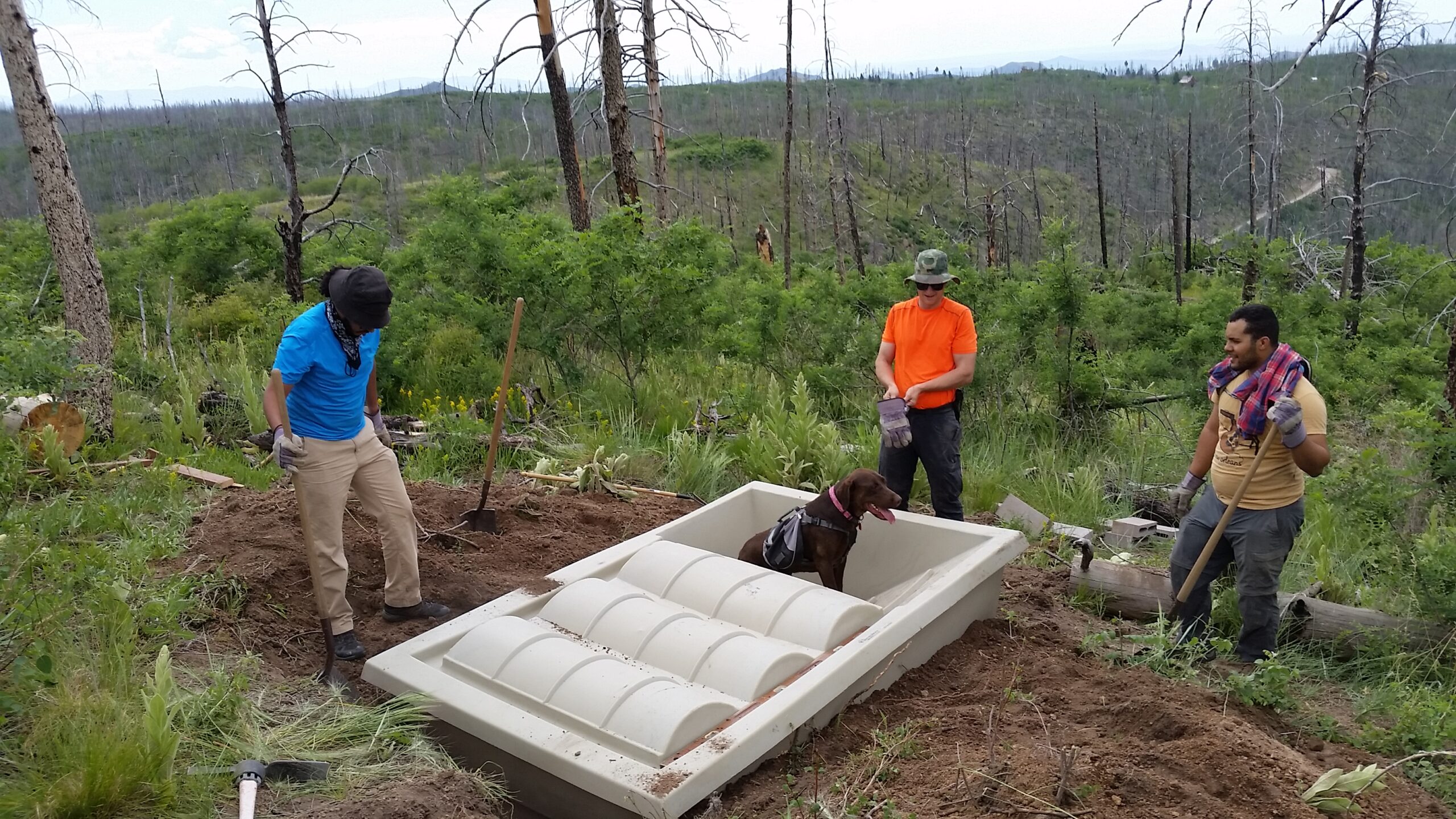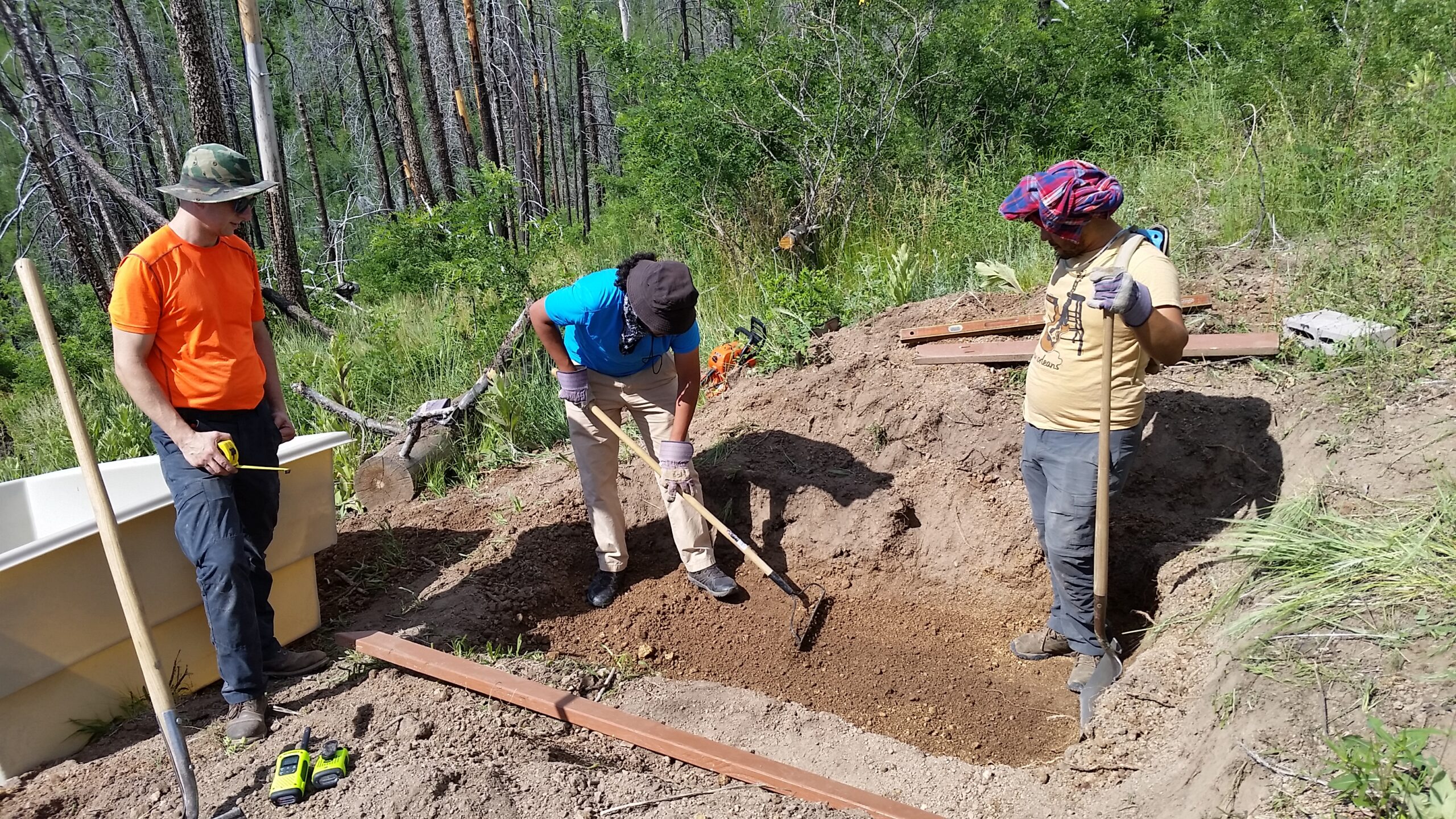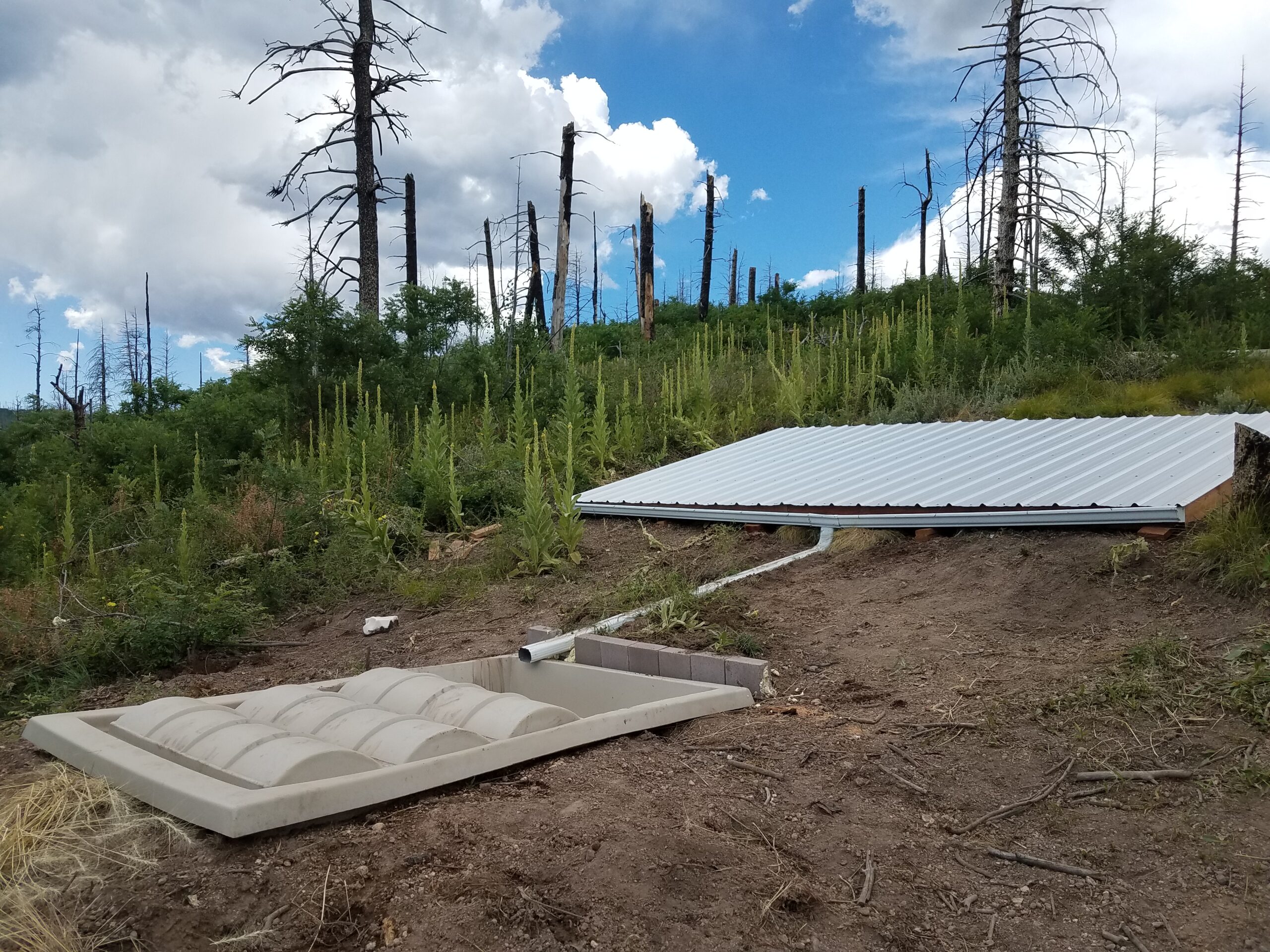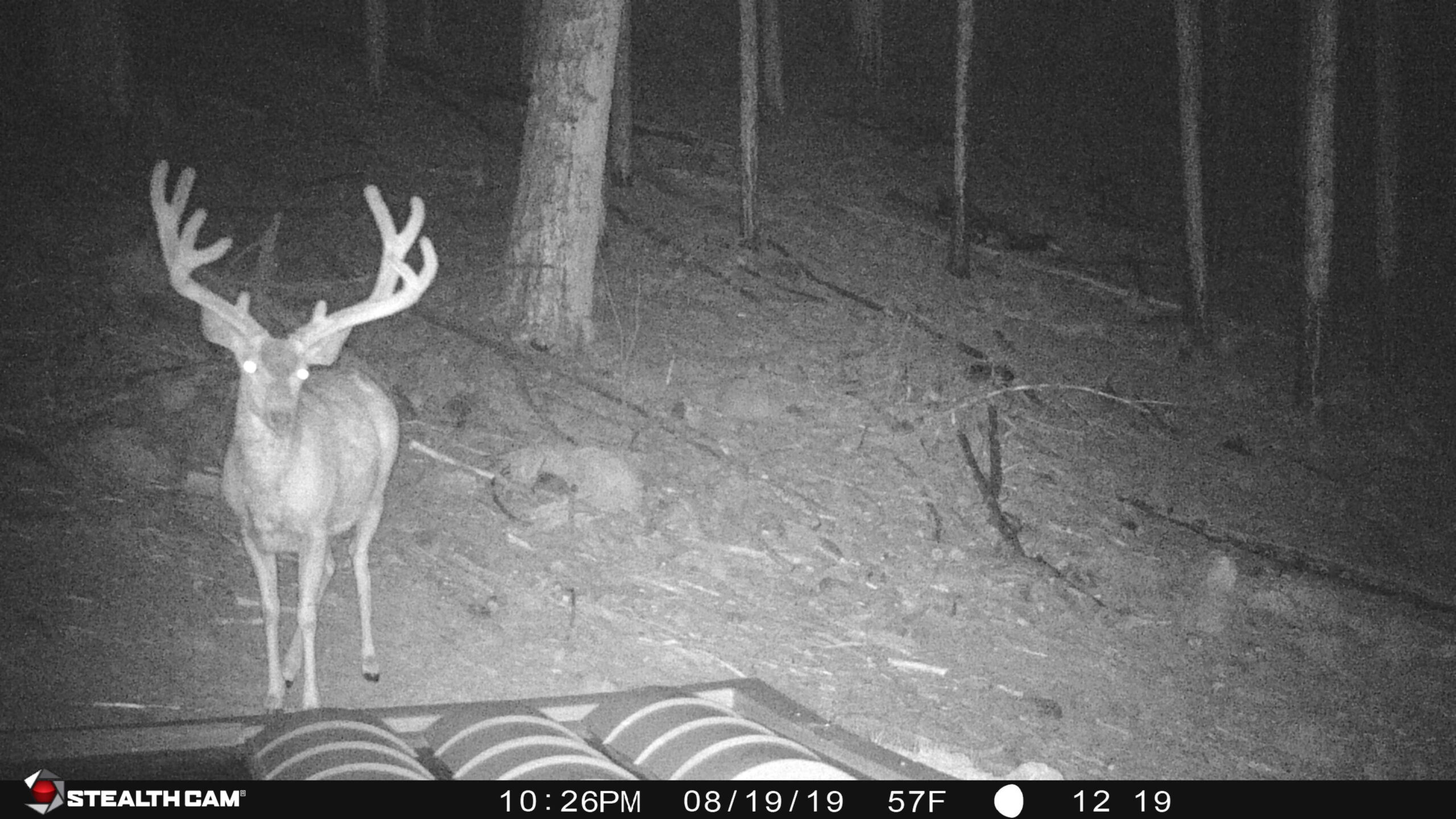How often do you hear about a state game-management program encouraging environmental entrepreneurship on private lands? It is happening in New Mexico with the revamping of the state’s Elk Private Lands Use System, known as EPLUS.
In December 2018, private landowners in several of the state’s elk-management zones were notified by the New Mexico Department of Game and Fish of a change in the EPLUS program, which rewards landowners with transferable tags that allow for the harvest of elk. The letter explained that to qualify for private land elk hunting tags, each landowner was expected to improve elk habitat on their land.
Based on the proposal, each parcel of private land would be rated for quality of habitat, and the rating would be used to determine whether and how many elk tags the landowner received. Previously, tags were issued largely based on property size. As landowners in the EPLUS program, the letter was an inspiration for us to take action.
Seven years ago, my wife and I invested in a prime 14-acre, 8,700-foot elevation property near the Valles Caldera National Preserve in northern New Mexico. Our goal was to develop the property into a hunting ranch for use by future generations. Elk, deer, bighorns, bears, lions, turkeys, and many smaller animals visit our Lucky 14 Ranch. Securing an annual elk hunting tag was essential to our plans for the ranch.
Under the EPLUS program, smaller ranches like ours do not automatically receive an elk tag each year. We must compete with other similarly sized ranches in a drawing. Under the revised program, however, a highly rated property will receive priority position in the drawing.
From the outset, our goal was to improve wildlife habitat. The ranch is located within the burn scar of the 2011 Las Conchas fire, which destroyed many conifers. The first challenge was to control runoff, which was washing away topsoil and destroying seedlings. I cut many burned trees, laying them across drainage areas to act as natural water bars, which divert and slow waterflow. Next, I distributed several hundred pounds of native grass seed throughout the property and planted small conifers and bushes.
Aspens are robustly returning to many areas of our ranch along with brush oak, smaller bushes, some conifers, and many grasses. My son and I cut trails through the burgeoning aspen forests so that animals can traverse easily from the high-grass meadows in the lower area to remote areas that provide cover and solitude for them.
We knew that water was the essential element for wildlife and the key to a successful game ranch. Yet there is no natural water storage on the ranch. We considered two options: damming some of the drainage areas or building a cistern. With only a medium-sized skid steer and very rugged terrain, we lacked the equipment for dam building.
My son, who is an engineer, and I had decided on a cistern when the letter arrived from the EPLUS manager. After talking to the Department of Game and Fish representative, we learned that providing water would bring the highest rating for our land. Our proposal to the department included plans to install a 500-gallon tank supplied with rainwater from a collector.
We received a good rating, and as a result we will be eligible to compete for one elk tag per year. But the rating was contingent upon following through with the plan. (We were recently notified that we qualified for one elk tag for the fall of 2019.)
In May, my son and I began designing and installing a fully operational cistern unit in the most remote area of the ranch. We identified a tank, a 500-gallon Guzzler manufactured by Rainmaker Wildlife Products in Washington State. This rectangular tank has a cover to minimize evaporation, leaving only about 20 percent of the water area exposed. The exposed portion contains a staircase for animals to step into the tank when it is not full. It cost around $1,000, including delivery to Albuquerque, about 75 miles from the installation site.
I ended up purchasing two tanks, one for the ranch and, at the behest of my wife, another for our cabin, where it would be installed about 30 yards below our north-facing porch and positioned for wildlife observation by us, our guests, and elementary and high-school science students.
My son organized an installation team composed of engineering students from the mechanical engineering department where he is finishing his doctorate.
As a volunteer research professor in engineering, I also engaged a graduate student to work with me to engineer the size of the rain collector, which is critical to the successful operation of the tank. The student developed a generic mathematical model that can be used to size any cistern meant to provide water for wildlife. We will publish his report and make the model available free to the public.
By mid-August, both cisterns were installed and operating. The total cost was around $4,000, and the results have been impressive. Our trail cameras show that animals have begun to use the tanks. As knowledge of the water sources spreads among the animals, more will visit and drink.
According to Rex Martensen, private land program manager with the New Mexico Department of Game and Fish, our project is an example of what the department hoped EPLUS would produce. “The program had existed for 13 years unchanged, and it was time for an overhaul,” he said. “It had become too arbitrary in how properties were allowed to participate in the program, and we needed to make some changes in how tags were issued as well.”
Martensen explained that there were three objectives to the program: “First, we wanted to improve benefit to the elk. Second, we wanted private landowners to have skin in the game. And last, we wanted to recognize the landowners who participate meaningfully in the program, especially with water projects.”
He said that the department had removed about 700 of the approximately 3,000 private properties from the EPLUS program that failed to qualify under the new requirements. The tags from those excluded properties are now available for the remaining private land participants.
Sportsmen and -women in New Mexico are blessed with high-quality game management from the New Mexico Department of Game and Fish. The innovation of the New Mexico State Game Commission coupled with the professionalism of the department in implementing programs such as these is appreciated by hunters and anglers who have ample access to the many varieties of game and fish that roam and swim in our state. Private landowners are especially appreciative of the department’s efforts to engage them in the management of New Mexico’s most-prized big-game species: elk.






